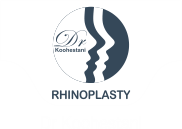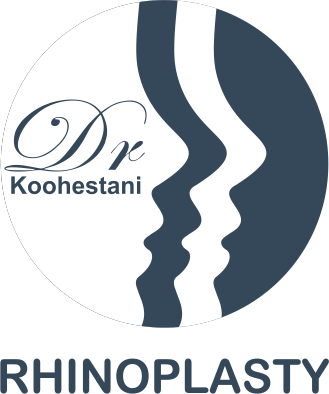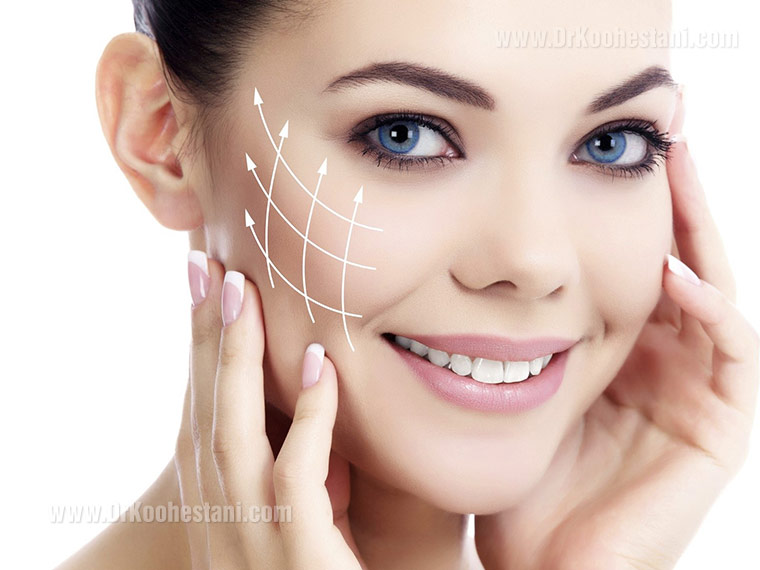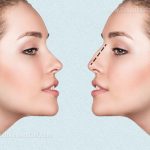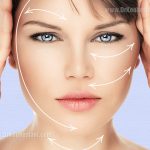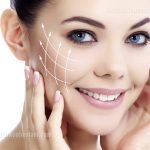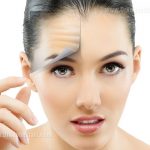Fat transfer (fat grafting) technique has been used for years in surgeries for cosmetic and medical purposes. In this procedure, the excess fat is harvested from the patient’s own body and is transferred to other areas.
Pros and cons
Pros:
- The material is extracted from the patient’s own body, as opposed to the dermal fillers. Transferring fat from the patient’s body reduces the risk of allergic reactions to foreign substances.
- Fat transfer has natural, long lasting and safe results.
- Fat transfer is a noninvasive procedure for rejuvenating the face.
Cons:
- It is time consuming to prepare fat tissue before transfer compared to the prepackaged dermal fillers.
- While the results last longer compared to the dermal fillers, it costs more.
- You may need multiple sessions to transfer fat to breasts and buttocks in order to achieve your desired results.
These are the three most important pros and cons to consider when deciding for a fat transfer surgery. If you want to know the pros and cons unique to you, it is suggested to consult with your surgeon.
Are you a good candidate for a fat transfer?
The goal of a fat injection or fat grafting is to fill the volume-deficient and sunken areas. The more common injected areas are hands, face (including the lips, cheeks, etc.), sagging skin (result of a liposuction and scar), breasts and buttocks. Of course, you should have a place in your body where excess fat can be harvested.
It is important that you do not have any circulation problems and medical restrictions and also you do not smoke.
Facial fat transfer
If you have facial wrinkles and creases, such as smile lines and lines around the eyes, the required fat can be harvested from abdomen, thigh or other parts of your body and be injected into your face. Acne scars and sunken areas of the face, lips and cheeks can also be filled in the same way. Your surgeon can even use fat injection to minimize the lines between your nose and mouth and your forehead wrinkles, and also to repair sagging or uneven skin.
How is fat transfer procedure performed?
Fat is harvested from one part of your body, then washed and purified, and afterwards it is carefully injected with a special syringe into the area that needs augmentation. It may be required to repeat fat transfer multiple times to achieve the desired result. Fat transfer can be explained as a three stage procedure: (1) harvesting (2) purification and transfer and (3) placement.
Harvesting: You and your doctor choose an area to harvest fat. Then a local anesthetic is injected into that area and your surgeon makes a small incision to harvest fat. Using a sterile technique, he or she carefully inserts a cannula connected to a syringe to extract fat (this procedure is called liposuction).
Purification and transfer: When enough fat is taken, your surgeon will process it to prepare the fat cells for transfer to a small syringe that is used for injection. Fat purification may require a centrifuge to spin the fat or a filter to separate impurities.
Placement: At this stage, the area selected for injection will be prepared. Your surgeon inserts a needle or cannula into the area being augmented. The injection needle usually goes through the areas to be augmented several times. Each time the needle or cannula goes through that area, a portion of the fat tissue is placed on top of the natural tissue. This process is continued till the intended volume is achieved.
Considerations
Contrary to popular opinion, the fat does not move and it is not allergic since it is harvested from the individual’s own body.
The fat does not last in lips and wrinkles around the lips, but it lasts long in cheeks and below the eyes.
Because some of the fat is absorbed, the surgeon injects more volume of fat during the procedure in order to achieve the desired results.
Important note:
The fat absorption is different in individuals. There is a more risk of absorption in people who smoke.
The bruising after a fat transfer procedure is insignificant, but there will be some swelling for a week. Ice compress is beneficial in the first 24 hours.
A 3 to 6 day recovery time is enough and the bruising is also negligible.
